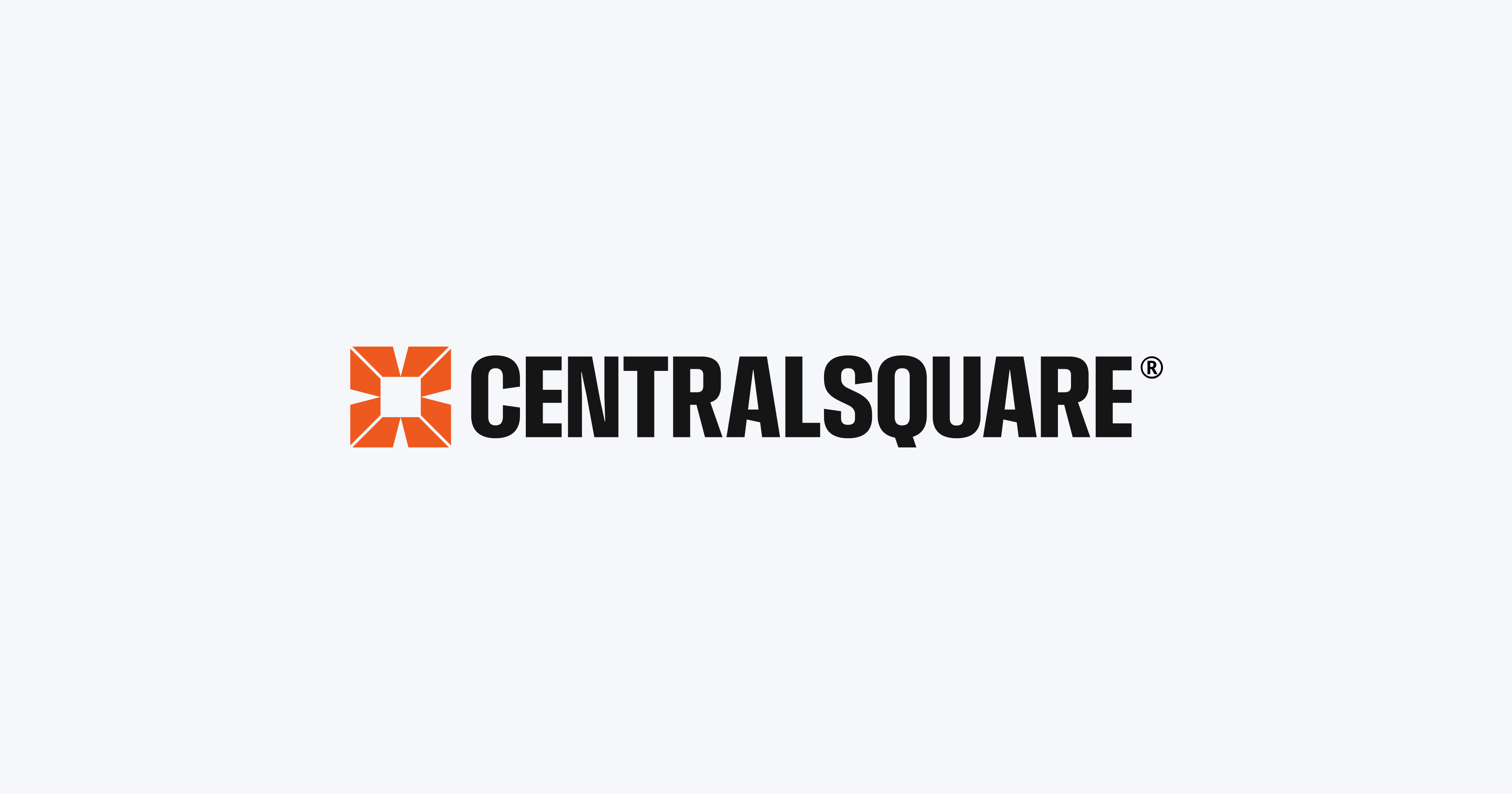6.6x More Pipeline, Zero New Hires: The CentralSquare Story

When CentralSquare’s revenue team looked at their pipeline, nothing was “broken.”
They had a process. They had tools. Their BDRs were finding “hyper-propensity” accounts, tracking down decision-makers, and writing personalized outreach. It worked—on paper. But it demanded a huge amount of human effort, and most of that effort was going into building campaigns instead of actually running them.
What happened next wasn’t a net-new hiring spree or a massive tech overhaul.
They switched to Pursuit, and their business development team started generating 6.6x more pipeline—with zero new headcount.
Before Pursuit: A “working” process that cost too much time
Adam Brophy, VP of Revenue Operations at CentralSquare, describes their pre-Pursuit world as effective but heavy.
Each week, BDRs had to:
- Jump between several tools to identify the right public-sector accounts
- Manually find the right contacts and decision-makers
- Build personalized messaging from scratch for each campaign
In government sales, timing and context matter more than almost anything else. But pulling those pieces together—signal, contacts, and messaging—was slow. CentralSquare’s team was burning hours just assembling campaigns, which left less time to actually engage the market.
Their incumbent platform wasn’t “bad.” It had plenty of data. The problem was that finding what mattered required too much digging, too many clicks, and too much RevOps glue.
Why they switched, even though nothing was “on fire”
CentralSquare wasn’t shopping for a new platform.
Pursuit simply kept coming up in conversations with people they trusted in the government space. Eventually they agreed to a pilot—with one clear brief to their power users: try to break it.
The idea was to find a reason not to switch and stick with the status quo.
Instead, a few things stood out:
- Pursuit’s team leaned in hard, even building a couple of features their incumbent had—but Pursuit didn’t—within a week or two.
- The product reflected a real understanding of public-sector sales, rather than generic B2B assumptions.
- Most importantly, Pursuit flipped their workflow on its head: instead of hunting through a sea of data, the right opportunities surfaced automatically.
That change—less searching, more selling—drove the headline result: a 6.6x increase in weekly pipeline generation from the BD team. That’s the metric that made everyone sit up.
After Pursuit: Speed, precision, and RevOps-friendly AI
From Adam’s chair in RevOps, the impact wasn’t just “more pipeline.” It was how the work felt for the team.
Pursuit now connects the dots for them. Instead of combing through data, the system surfaces the right accounts, relevant contacts, and key insights automatically. BDRs can assemble high-quality prospect lists and craft relevant outreach in minutes instead of hours, referencing the exact phrase in a document or signal that makes a message land.
Because Pursuit is wired into Salesforce via a Chrome integration, it also fits their existing workflow. Reps don’t have to live in another tab; the intelligence shows up where they already work. That speed and precision is what fueled the pipeline lift.
From a RevOps and tooling perspective, Adam calls out something critical: Pursuit fits into how they think about AI. It’s not “AI for AI’s sake.” It solves a real problem, delivers measurable value, and improves the fundamentals—forecasting accuracy, performance visibility, cleaner data, faster insights, and better reporting. It helps them see where momentum is actually building and where the team should lean in.
Implementation that didn’t turn into a Salesforce nightmare
Anyone who’s lived through a rough Salesforce integration will appreciate this part.
Adam describes the Pursuit rollout as “extraordinary” and “seamless.” His internal Salesforce team—who usually surface every possible risk—had very little to escalate. The data was easy to consume, the few new fields they needed were simple to create, and compared to other integrations he’s been through, this one barely registered as a disruption.
In other words: the gains didn’t come with months of pain.
The mindset shift: don’t assume “works” means “optimized”
Looking back, Adam’s biggest takeaway for his past self—and for peers in similar roles—is simple: challenge the assumption that your current process is “good enough.”
CentralSquare wasn’t trying to fix something broken. Their incumbent setup worked and there were no major complaints. But running the Pursuit pilot showed them what they were missing.
It wasn’t just a tool swap. It was a different way of identifying and creating opportunities: faster, more precise, and dramatically more scalable. Once they saw the speed, quality, and early results, it became hard to imagine going back. And the transition itself wasn’t particularly disruptive; the real disruption was realizing how much potential had been left untapped.
For CentralSquare, that realization translated into 6.6x more pipeline with the same headcount.
For other revenue and RevOps leaders in public-sector markets, the lesson is clear: even if your motion “works,” there may be a fundamentally better way to run it.
Curious what a 6.6x pipeline lift looks like for your team? Let's talk.


